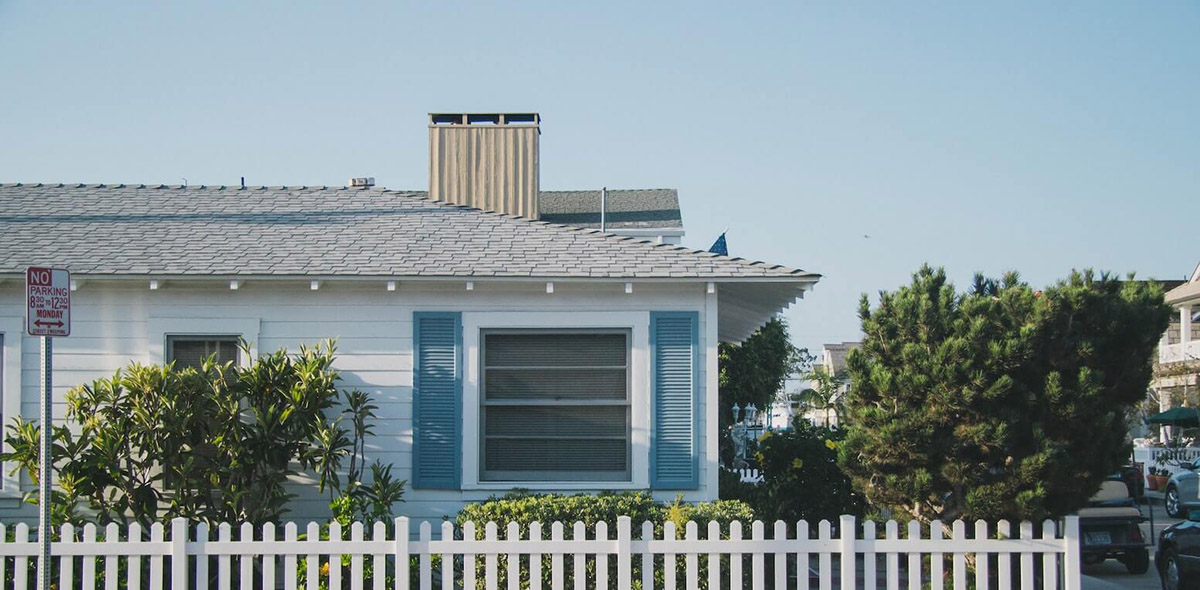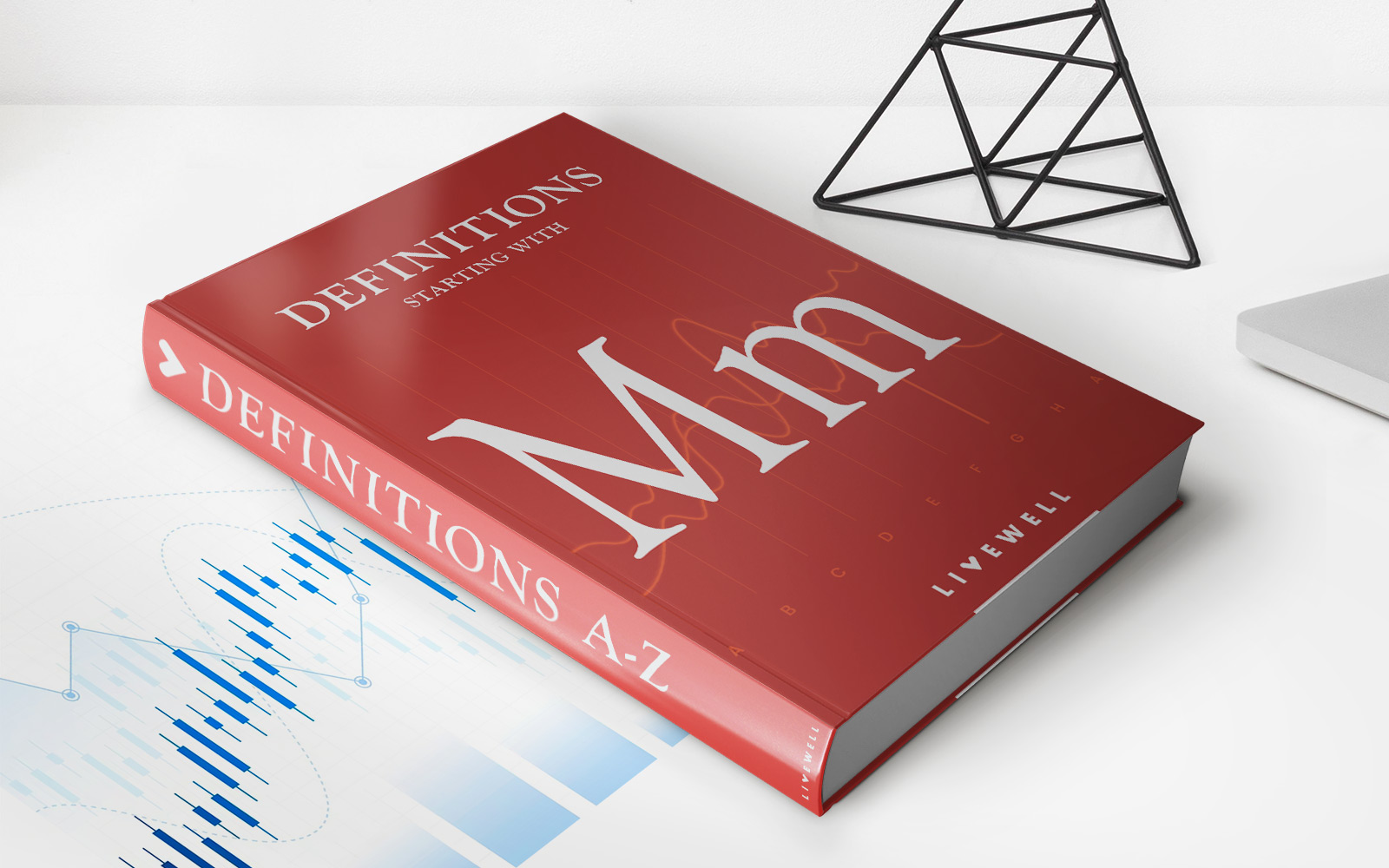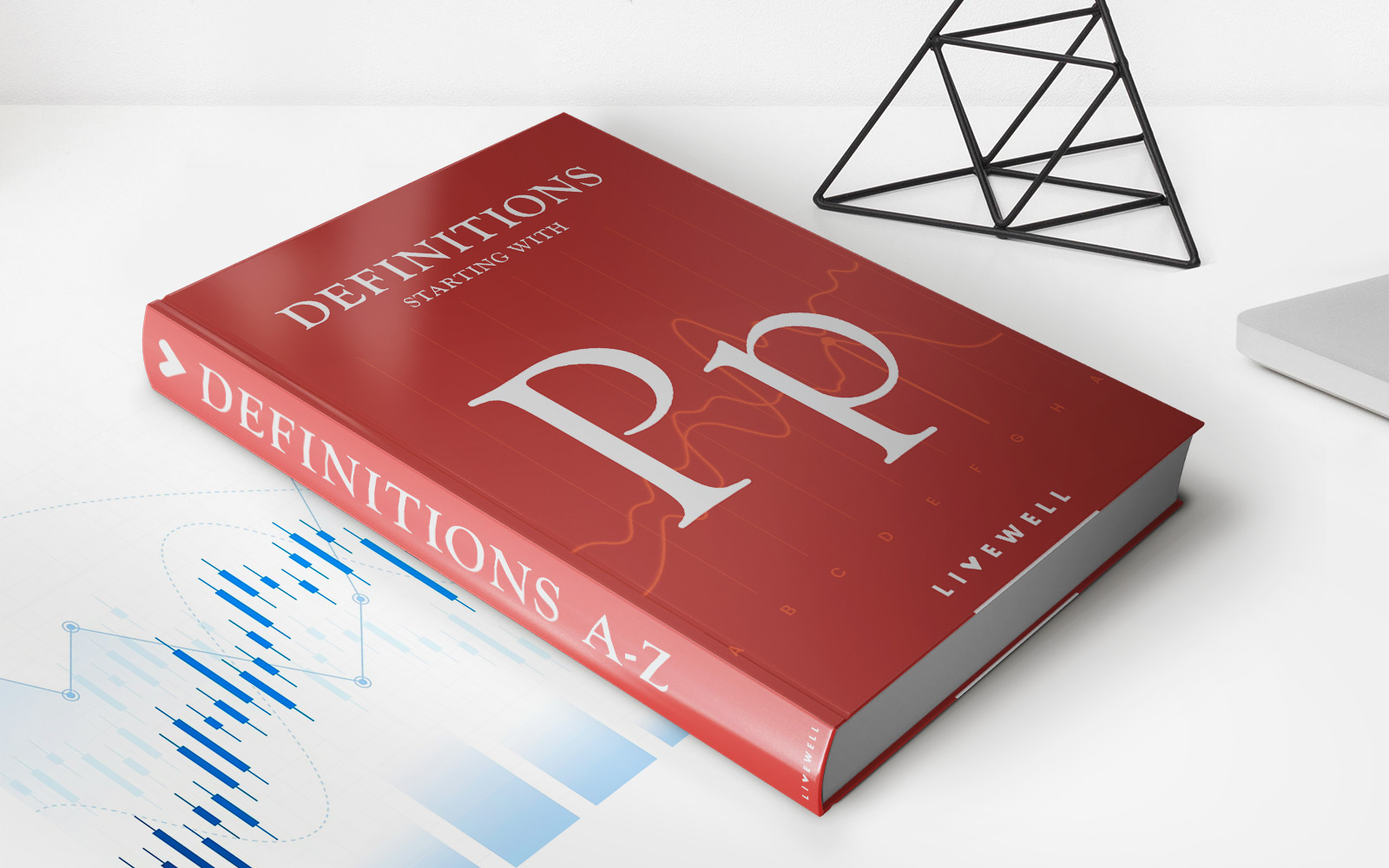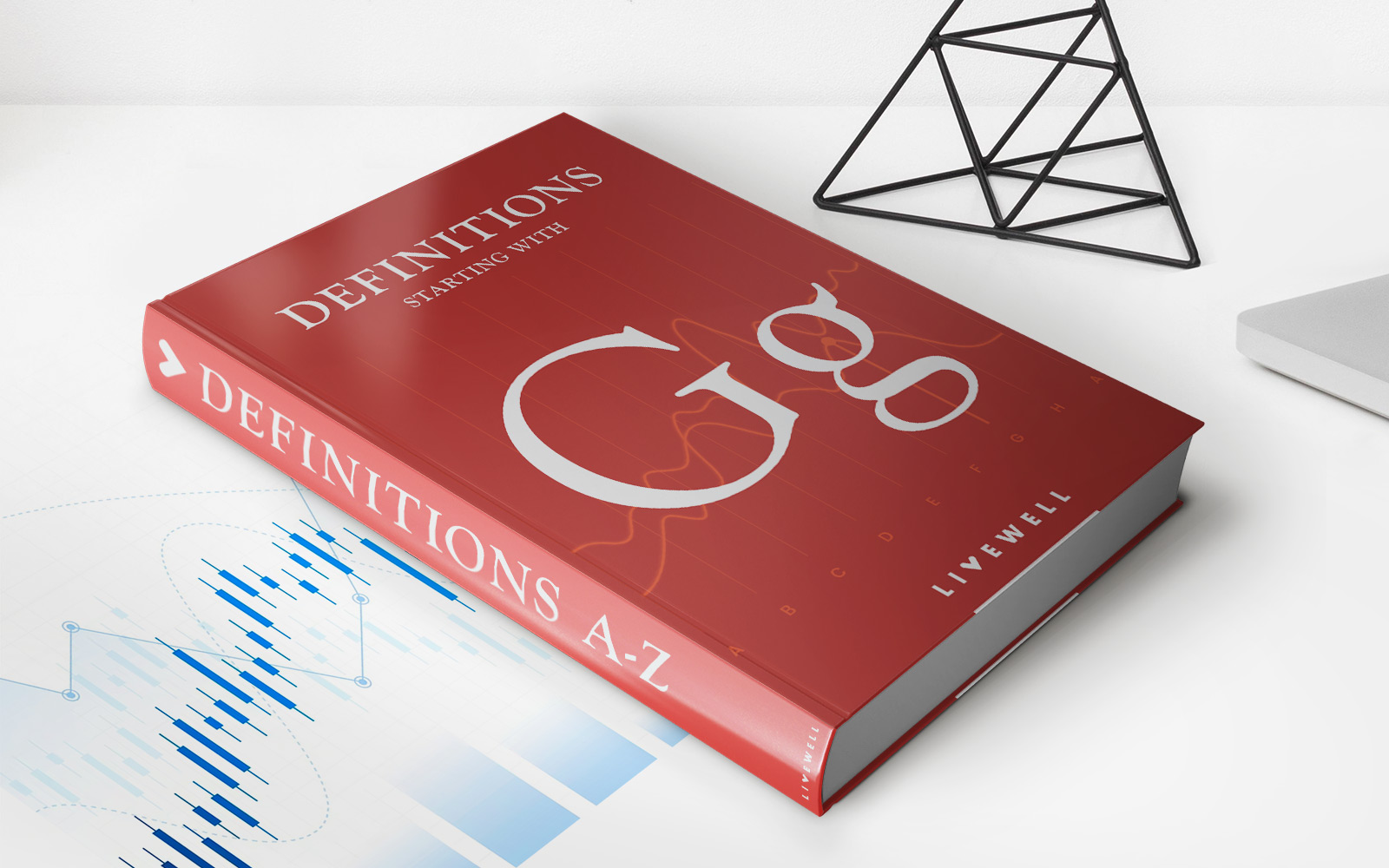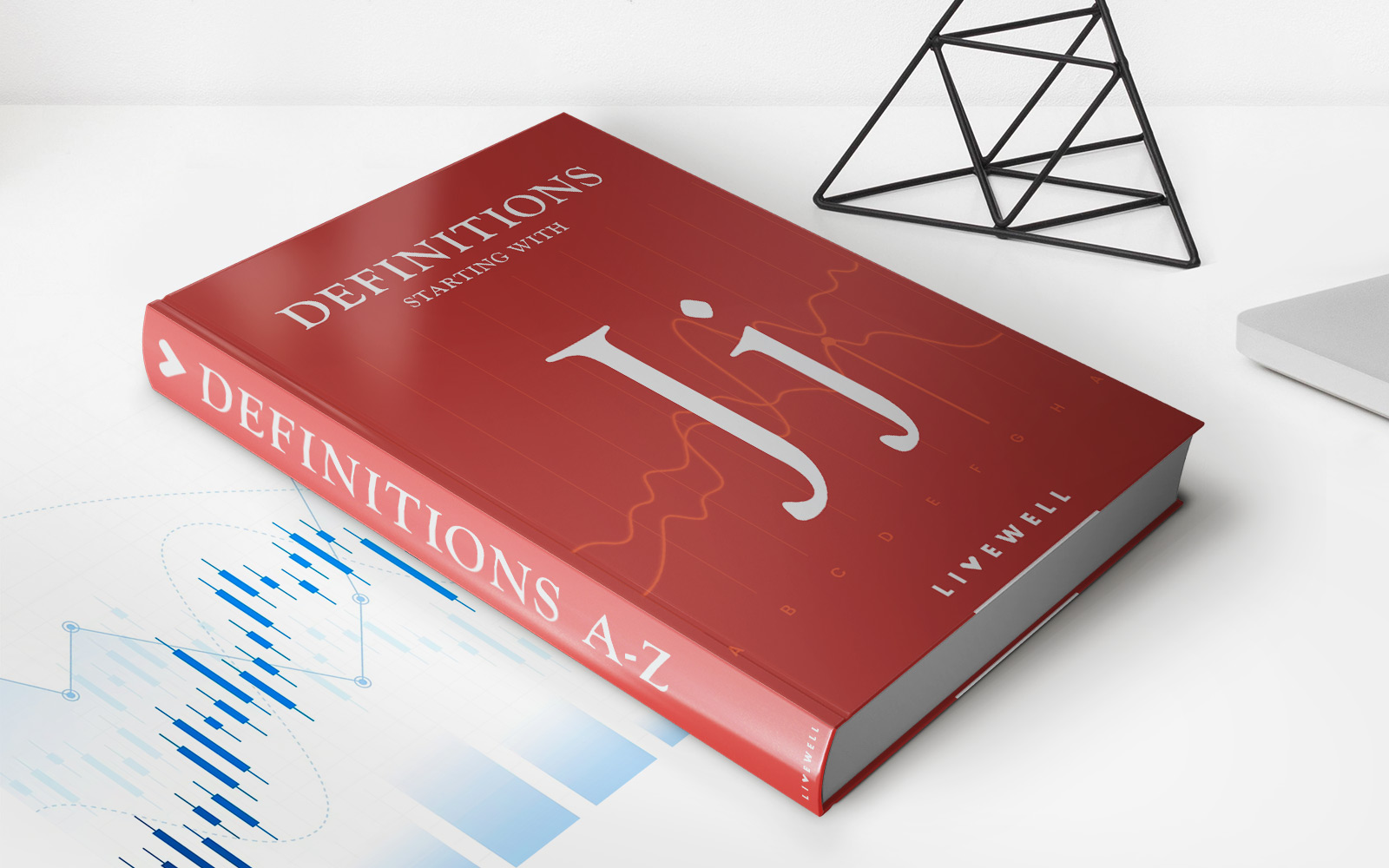

Finance
What Is A Master Insurance Policy?
Modified: February 21, 2024
Discover what a master insurance policy is in the world of finance and how it can provide comprehensive coverage for multiple properties or units.
(Many of the links in this article redirect to a specific reviewed product. Your purchase of these products through affiliate links helps to generate commission for LiveWell, at no extra cost. Learn more)
Table of Contents
Introduction
A master insurance policy is a comprehensive insurance policy that provides coverage for a group of entities or properties, typically within a specific location or organization. It is designed to protect against potential risks and liability exposures, ensuring that the insured parties are adequately covered in the event of a loss.
Master insurance policies are commonly used in various industries, including real estate, condominium associations, and business organizations, where multiple entities or properties need to be protected under a single policy. These policies offer convenience and cost-effectiveness by consolidating coverage and providing an umbrella of protection.
Understanding how master insurance policies work can be beneficial for both individuals and organizations looking to secure insurance coverage for a group or collective. In this article, we will explore the definition, coverage, benefits, drawbacks, and common types of master insurance policies, as well as how they operate and who could benefit from having one.
By delving into the world of master insurance policies, you can gain valuable insights into how these policies can safeguard your interests and assets while ensuring that you have the necessary coverage in place.
Definition of a Master Insurance Policy
A master insurance policy is an insurance policy that provides coverage for a group of entities or properties under one policy. It is often used in situations where there are multiple units or individuals that need to be insured, such as in a condominium complex, a commercial building, or a business organization with multiple locations.
Under a master insurance policy, there is a primary insured, which is typically the umbrella entity or the owner of the property. The policy covers both the primary insured and the additional insureds, which can be individual unit owners, tenants, or members of the organization.
One of the key features of a master insurance policy is that it provides blanket coverage for all the insured parties. This means that all the entities or properties listed under the policy are protected against a range of potential risks, such as property damage, liability claims, or even natural disasters.
It is important to note that a master insurance policy is different from individual insurance policies. In individual insurance policies, each unit owner or organization would have their own separate policies. However, under a master insurance policy, all the entities or properties are insured collectively, which offers convenience, cost-effectiveness, and streamlined administration.
In addition to covering multiple entities or properties, a master insurance policy also provides a certain level of standard coverage. This means that all the insured parties have access to the same level of protection, ensuring consistency and fairness within the insured group.
Overall, a master insurance policy serves as a centralized insurance solution for the insured group, providing comprehensive coverage for multiple entities or properties under one policy. It offers convenience, cost-effectiveness, and consistent coverage, making it an attractive option for those looking to insure a group of entities or properties.
Coverage Provided by a Master Insurance Policy
A master insurance policy typically offers a wide range of coverage to protect the insured parties against various risks and liabilities. The specific coverage provided may vary depending on the type of policy and the needs of the insured group. Here are some common types of coverage that can be found in a master insurance policy:
- Property Coverage: This coverage protects the insured entities or properties against physical damage or loss caused by perils such as fire, theft, vandalism, or natural disasters. It includes coverage for the building structure, common areas, and shared amenities. Individual units or properties within the insured group are also typically covered, although the extent of coverage may vary.
- Liability Coverage: Liability coverage protects the insured parties in case they are held legally responsible for bodily injury or property damage caused to others. This coverage is essential in situations where accidents or incidents occur on the insured premises and result in third-party claims. It helps cover legal expenses, medical costs, and damages awarded in lawsuits.
- General Liability: General liability coverage is similar to liability coverage but focuses more on claims arising from non-physical damages, such as slander, libel, false advertising, or copyright infringement. It provides protection against claims of personal injury or reputational harm caused by the insured entities.
- Business Interruption: This coverage helps compensate the insured parties for lost income or extra expenses incurred as a result of a covered loss that causes a temporary suspension of business operations. It can provide financial support to help the insured entities recover and resume normal operations.
- Directors and Officers (D&O) Liability: This coverage is especially important for organizations and associations. It protects the directors and officers from legal actions brought against them for alleged wrongful acts or decisions made in their capacity as directors or officers.
Additionally, depending on the specific needs of the insured group, a master insurance policy may also include coverage for equipment, valuable items, employee dishonesty, or professional liability.
It is crucial for the insured parties to carefully review the coverage provided by the master insurance policy and ensure that it meets their specific requirements. Consulting with an insurance professional can help determine if additional coverage or endorsements are needed to adequately protect against any potential gaps in coverage.
Benefits of a Master Insurance Policy
Choosing a master insurance policy offers several significant benefits for the insured parties. Here are some advantages worth considering:
- Cost-Effectiveness: One of the primary benefits of a master insurance policy is the potential cost savings. By insuring multiple entities or properties under a single policy, the insured group can benefit from economies of scale, resulting in lower insurance premiums compared to individual policies. Additionally, administrative costs are reduced since there is only one policy to manage.
- Streamlined Process and Administration: A master insurance policy simplifies the insurance process by consolidating coverage for all the entities or properties within the insured group. This streamlines the underwriting, renewals, and claims processes, making it more efficient and time-saving for both the insured parties and the insurance provider.
- Uniform Coverage: With a master insurance policy, all the insured entities or properties receive the same level of coverage. This ensures consistency and fairness within the insured group, eliminating any potential disputes or discrepancies that may arise from different coverage levels in individual policies.
- Comprehensive Protection: A master insurance policy offers comprehensive coverage for a wide range of risks and liabilities. This provides peace of mind knowing that all the insured parties are adequately protected against potential losses, including property damage, liability claims, or legal expenses.
- Flexibility and Customization: Despite providing standardized coverage, master insurance policies can still be tailored to meet the specific needs of the insured group. Additional endorsements or riders can be added to enhance coverage and address any unique risks or circumstances faced by the insured parties.
- Enhanced Risk Management: By pooling the insurance needs of multiple entities or properties, a master insurance policy allows for better risk management. Losses or claims affecting one insured party can be offset by the collective coverage, minimizing the financial impact on individual members or properties within the group.
These benefits make a master insurance policy an attractive option for those who need comprehensive coverage for a group of entities or properties. It offers cost-effectiveness, simplified administration, uniform coverage, and enhanced risk management, all of which contribute to a more efficient and secure insurance solution.
Drawbacks of a Master Insurance Policy
While there are several benefits to having a master insurance policy, it is important to also consider the potential drawbacks. Here are some drawbacks to be aware of:
- Limited Control: With a master insurance policy, the insured parties have limited control over the terms and conditions of the coverage. The policy is typically negotiated and determined by the primary insured, which may not align perfectly with the individual needs or preferences of the additional insureds.
- Potential Coverage Gaps: Depending on the specific policy and the needs of the insured group, there is a possibility of coverage gaps. While a master insurance policy provides broad coverage, it may not address all the unique risks or requirements of each entity or property within the group. It is crucial for each insured party to carefully review the policy and consider additional coverage or endorsements if necessary.
- Shared Costs and Claims: With a master insurance policy, costs and claims are shared among all the insured parties. This means that if one party within the group submits a claim or experiences a loss, it may impact the premiums and deductibles for the entire group. As a result, the individual entities or properties may have to bear the financial consequences of others’ claims.
- Limited Flexibility: A master insurance policy provides standardized coverage for all the insured parties. While it offers some flexibility for customization, there may be limitations on tailoring the policy to meet the specific needs or preferences of each entity or property within the group. This lack of flexibility can be a drawback for those who require highly customized coverage.
- Potential Disputes: In situations where there are multiple insured parties, disagreements or disputes may arise regarding coverage, claims, or responsibility for damages. Resolving these disputes can be complex and time-consuming, as it involves coordinating with multiple parties and potentially compromising on individual interests.
It is important for the insured parties to carefully consider these drawbacks and weigh them against the benefits before opting for a master insurance policy. Conducting a thorough assessment of their individual needs and consulting with an insurance professional can help determine whether a master insurance policy is the right choice for their specific situation.
Common Types of Master Insurance Policies
There are several types of master insurance policies available, each tailored to meet the unique needs of different industries and organizations. Here are some common types of master insurance policies:
- Condominium Master Insurance Policy: This type of policy is specifically designed for condominium buildings or complexes. It provides coverage for the building structure, common areas, and shared amenities, as well as liability protection for the condominium association. Individual unit owners are typically covered for their personal belongings and any improvements made to their units.
- Commercial Building Master Insurance Policy: Commercial building master insurance policies are suitable for business owners who own or manage commercial properties. These policies provide coverage for the building structure, including fixtures and improvements, as well as liability protection for the business owners. Tenants may also be included as additional insureds under the policy.
- Business Owners Association (BOA) Master Insurance Policy: BOA master insurance policies are designed for business associations or organizations that manage multiple properties or locations. These policies offer comprehensive coverage for the buildings, common areas, and shared facilities, as well as liability protection for the association and its members.
- Homeowners Association (HOA) Master Insurance Policy: HOA master insurance policies are meant for homeowners associations that oversee the management and maintenance of common areas and shared amenities in a residential community. The policy provides coverage for the community’s buildings, common areas, liability, and other specified risks.
- Nonprofit Organization Master Insurance Policy: Nonprofit organization master insurance policies are designed to meet the unique needs of nonprofit entities. These policies typically provide coverage for the organization’s physical assets, liability protection for the organization and its directors/officers, and coverage for events or programs organized by the nonprofit.
These are just a few examples of the common types of master insurance policies available. It is important to note that the specific coverage and terms can vary depending on the insurance provider and the needs of the insured group. Working with an experienced insurance agent or broker can help identify the most suitable type of master insurance policy for a particular industry or organization.
How Master Insurance Policies Work
Master insurance policies function by providing comprehensive coverage for a group of entities or properties under a single policy. Here’s a breakdown of how these policies typically work:
- Identification of Insured Parties: The policyholder, often the umbrella entity or property owner, is identified as the primary insured. Additional insured parties, such as individual unit owners, tenants, or members of an organization, are included under the policy.
- Agreement on Coverage and Terms: The primary insured and the insurance provider agree on the coverage and terms of the master insurance policy. This includes determining the specific types of coverage, coverage limits, deductibles, and any additional endorsements or riders required.
- Premium Payment: The insured parties, either individually or collectively, make premium payments to the insurance provider based on the agreed-upon terms. The premium amount is typically calculated based on various factors, such as the value of the insured properties, the level of coverage, and the specific risks associated with the insured group.
- Issuance of the Policy: Once the premium is paid, the insurance provider issues the master insurance policy, outlining the terms, conditions, and coverage provided. Each insured party may receive a certificate of insurance as proof of their coverage under the master policy.
- Coverage and Claims: In the event of a covered loss or liability claim, any of the insured parties can file a claim with the insurance provider. The claims process is typically managed and handled by the insurance provider, who assesses the validity of the claim and provides appropriate reimbursement or coverage for the loss or liability incurred.
- Shared Costs and Responsibility: The costs of premiums and claims are shared among all the insured parties listed under the master insurance policy. This means that if one party submits a claim or experiences a loss, it may impact the premiums and deductibles for the entire group. It is important for the insured parties to understand this shared responsibility when participating in a master insurance policy.
- Policy Renewal and Review: Master insurance policies are typically renewed on an annual basis. During the renewal process, the insured parties have the opportunity to review the coverage, assess any potential changes in risk exposure, and determine if any modifications or adjustments are necessary for the upcoming policy term.
It is crucial for the insured parties to review and understand the terms and conditions of the master insurance policy, as well as their individual rights and responsibilities within the policy. Seeking guidance from an insurance professional can provide further clarity and ensure that the insured parties have the appropriate coverage and protection under the master insurance policy.
Who Needs a Master Insurance Policy
A master insurance policy is beneficial for various situations and industries where there is a need to provide comprehensive coverage for a group of entities or properties. Here are some examples of who may benefit from having a master insurance policy:
- Condominium Associations: Condominium associations can benefit from a master insurance policy to protect the entire complex, including the building structure, common areas, and shared amenities. Individual unit owners can also be included as additional insureds, providing coverage for their units and personal belongings.
- Commercial Property Owners: Business owners who own or manage commercial properties, such as office buildings, shopping malls, or industrial complexes, can benefit from a master insurance policy. It provides coverage for the entire property, including liability protection for the business owners and coverage for tenants or additional insureds.
- Business Associations: Organizations or associations that manage multiple properties or locations, such as business improvement districts or business owners’ associations, can benefit from a master insurance policy. It offers comprehensive coverage for the buildings, common areas, liability protection, and unified coverage for the members or entities within the association.
- Nonprofit Entities: Nonprofit organizations can benefit from a master insurance policy that provides coverage for their physical assets, liability protection for the organization and its directors/officers, and coverage for events or programs organized by the nonprofit.
- Homeowners Associations (HOAs): HOAs that oversee the management and maintenance of common areas and amenities within a residential community can benefit from a master insurance policy. It provides coverage for the community’s buildings, common areas, and liability protection for the association and its members.
Additionally, any situation where there are multiple entities or properties that need to be insured collectively can potentially benefit from a master insurance policy. This can include educational institutions, healthcare facilities, real estate developments, or any other industry that requires consolidated coverage and streamlined administration.
It is important to assess the specific needs and requirements of the insured group when considering a master insurance policy. Consulting with an experienced insurance professional can help determine if a master insurance policy is the most suitable option and ensure that the insured parties have the appropriate coverage for their unique circumstances.
Conclusion
A master insurance policy offers comprehensive coverage and convenience for a group of entities or properties. Whether it’s a condominium complex, commercial building, business association, nonprofit organization, or homeowners association, a master insurance policy provides a centralized and cost-effective solution.
By pooling the insurance needs of multiple parties under a single policy, a master insurance policy offers a range of benefits. It streamlines the insurance process, reduces administrative costs, and provides uniform coverage for all the insured parties. It also enhances risk management by spreading the costs and claims among the group.
However, it is essential to carefully consider the potential drawbacks, such as limited control over coverage, potential coverage gaps, shared costs and claims, limited flexibility, and potential disputes. Thoroughly reviewing the policy terms and consulting with insurance professionals can help mitigate these concerns and ensure that the master insurance policy meets the specific needs of the insured group.
In conclusion, a master insurance policy is a valuable tool for protecting and insuring a group of entities or properties. It simplifies the insurance process, reduces costs, and provides comprehensive coverage. Depending on the industry and circumstances, a master insurance policy can be a wise choice for those looking to protect the collective interests of a group while enjoying the convenience and benefits of consolidated coverage.






